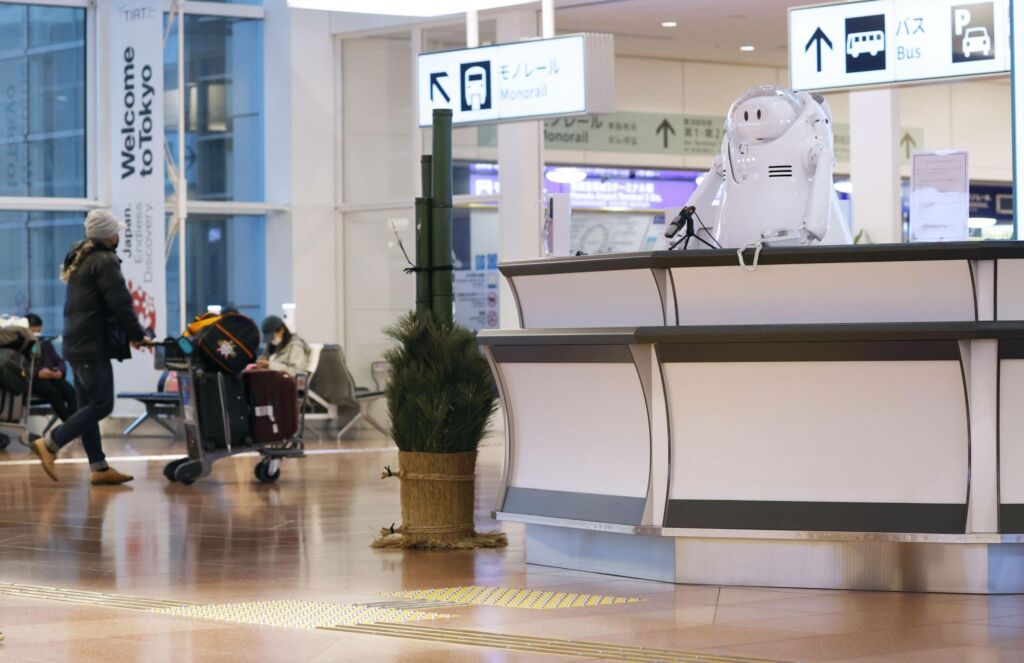Member? Please login
Failing too fast in Japan

Written by BCCJ
May 10, 2019
Japan News, Member News
Alan Mockridge, President of Intralink America, pinpoints the three big reasons many North American startups are failing to make headway in Japan.

The world’s a faster place. Not only are we expected to succeed faster, we’re now expected to fail faster. That’s OK, provided you’re working in a market where it’s possible to succeed and fail quickly.
But Japan isn’t one of them.
My company helps western tech companies make it in Japan, as well as the other primary markets in East Asia. We identify the opportunities and work through the challenges to achieve success. That could come from licensing, direct or channel sales or the provision of services.
But, of late, I’ve noticed a disturbing trend — and one that seems to be accelerating: the number of American startups entering the Japanese market is on the rise, but so too is the number pulling out.
So, what’s going on?
1. Quitting too soon
One big reason is the current generation of startups’ expectation for success to come quickly. When it doesn’t, they give up.
I’m seeing this more and more: companies launching in Japan but withdrawing after only a year. Why aren’t they persevering when it’s well-known Japan is not a market where success comes quickly nor easily?
I realise that, with ever-more Japanese companies engaging in the global innovation ecosystem, it can be tempting to think Japanese corporates have changed — that they’ve become faster and more ‘western’ in the way they make decisions.
That would be a mistake – they haven’t!
Strict internal protocols around processes like validation and procurement endure, as does the famed ‘ringi’ system — the consensual process by which Japanese companies make decisions. This means it can still take a very long time to get your products or technologies approved.
My most important advice to startups moving into Japan is: give it more time. I’ve seen few companies succeed in under a year, but I’ve seen many succeed over two or more years. The point is that you have to persevere, and for those who have the grit, patience and financial wherewithal to hang in, the results can be truly rewarding.
2. Relying on ‘local’ connections
Japanese corporates have moved into Silicon Valley and other American tech clusters. It’s no longer just the R&D and trading folk, but representatives from the corporate venturing and ‘open innovation’ groups. Just look at how many Japanese companies have joined the Plug & Play accelerator in Sunnyvale: at the last count, it was over 50.
Sure, these representatives are tasked with identifying investment and collaboration opportunities, so it can be tempting to think you need look no further. But they can’t make decisions alone, so your relationships with their colleagues and bosses in their corporate head office are also vital.
It’s useful to know these people — and they could be a gateway to investment or the Japanese market — but I’ve seen too many startups place their faith in these relationships to the exclusion of other avenues, leading to frustration.
Instead – or as well – it’s essential you or your representatives are out in Japan, speaking directly with multiple stakeholders within your target customer, including across multiple business units, and that you’re talking to other potential customers at the same time. The age-old custom of ‘face-time’ remains as important as ever, and often only companies that commit to a presence on the ground go on to succeed.
3. Doing it ‘my way’
Just because a product, service or sales strategy has worked in the US, doesn’t mean it’s going to work in other markets — least of all Japan. So why do so many new entrants think they can replicate their tried and tested approaches?
Maybe it’s because they don’t set aside time to do their research – on vital factors like the local competition and routes to market – or they spend too little on this.
Firstly, startups entering Japan should assume the cost of employing people and engaging local advice will be as much — if not more — than in the US. Why wouldn’t it be? The Japanese Yen has remained strong and the severe labour shortage has continued to push up wages. Add to that the (understandable) requirement by many American startups for English-speaking staff and the cost goes up even more.
Secondly, startups shouldn’t assume they can develop the market using the US-style ‘rep’ model. Yes, there are commission-only agents and lots of distributors, but unless they can secure an early customer win, they won’t persist with new business development. In my experience, going with an agent rarely works for companies entering the market for the first time.
So, what should you do?
Ask yourself honestly whether you have what it takes to succeed? That question will be answered in part by your research, but it’ll also depend on how important the market is to your company. Is it a ‘must-have’ or just a nice-to-have? If it’s the latter, are you really prepared to commit the time and resource necessary to succeed?
If the answer is ‘no’, it might be better not to try, or at least to wait. If the answer is ‘yes’, make sure you deploy the right strategy and have the right people to execute that strategy. That’ll often require localisation of your product, establishing in-country support and, in some cases, adopting different business models. Vitally, be ready for a long runway and a few bumps along the way before you finally achieve take-off.
Japan is not for the faint-hearted or fickle, but it has large domestic and global markets which few ambitious tech companies can afford to ignore. Provided you approach it well and are ready to take a long-term view, it is absolutely a market where you can succeed and one which will deliver your company significant, sustainable and profitable revenues.
Article provided courtesy of BCCJ member, Intralink
Intralink is an international business development consultancy with a deep specialism in East Asia. We enable Western companies to expand in Asia, and Asian companies to expand in the West. Founded in 1990, we’re headquartered in the UK and have offices in Boston, Silicon Valley, Shanghai, Tokyo, Seoul and Taipei.







